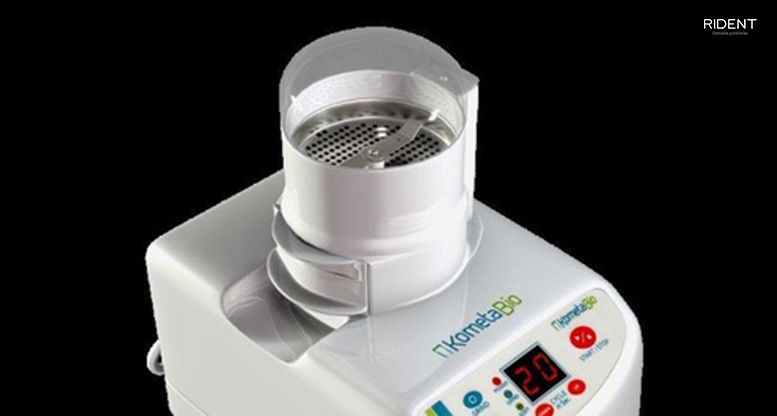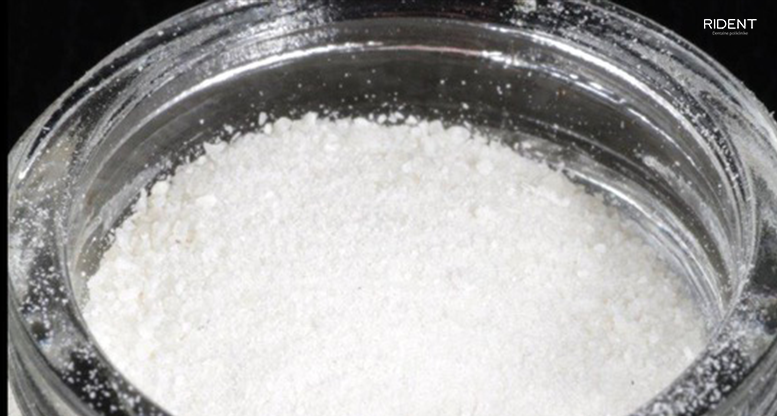29.06.2020
The European Union came out in December 2019 with a “green plan” that supports every aspect of efficiently used resources in the direction of a clean, circular economy. The current Corona crisis has further spurred efforts in that direction.
There are growing movements in the world to return to nature: green parties, initiatives and associations are getting stronger. Such a trend is increasingly present in dental medicine regarding bone replacements.
Why are bone replacements used? Loss of jaw volume inevitably occurs after tooth extraction. Most of the volume is lost during the first three months after extraction, but this process continues. Inflammatory processes around the teeth result in even greater bone defects. In order to be able to install dental implants, it is necessary to preserve or rebuild the jaw bone. Bone replacements of synthetic, animal or human origin are used here (in Croatia the latter are not allowed), or the bone tissue of the patient himself. They all have their advantages and disadvantages, and there is no ideal bone replacement. The rule that the patient’s bone tissue is the “gold standard” still applies, mainly because it contains growth factors and has an ideal microstructure. Because it is “own”, it does not cause an immune reaction and there is no risk of disease transmission. In 1980, the Nobel Prize in Medicine was awarded for the discovery of genes responsible for the immune response against foreign material.

However, patients often prefer the material “from the bottle”, because they are afraid of the process of taking bone tissue and postoperative pain. In addition, bone particles undergo rapid resorption, so they are not an ideal material for maintaining or building jaw volume, and other materials need to be added.
Good news! For several years now, dentin has been successfully used as a bone replacement material.
The chemical composition of teeth is almost identical to the chemical composition of bone. Dental dentin has slightly more minerals and less organic ingredients, making it an ideal bone replacement. A higher percentage of minerals prevents rapid resorption of the material. All growth factors contained in bone are also contained in dentin.
Is there a better example of 100% recycling? The extracted tooth will be cleaned, crushed into grains of a certain size in a special device, the crushed dentin is subjected to a short dry-cleaning process, and it is ready for use about 15 minutes after the tooth is extracted.
A recently published study conducted at the Rident Polyclinic in collaboration with the Medical School of Rijeka, Tel Aviv University and Cairo confirmed that jaw volume loss after tooth extraction is reduced to a minimum if the defect is filled with dentin beads after extraction. Histological analysis of the tissue showed excellent quality of the newly formed bone in accordance with previously published studies.
The guiding thought of the European Union’s “Green Plan” is to make circularity the mainstream in our lives, let’s contribute!
